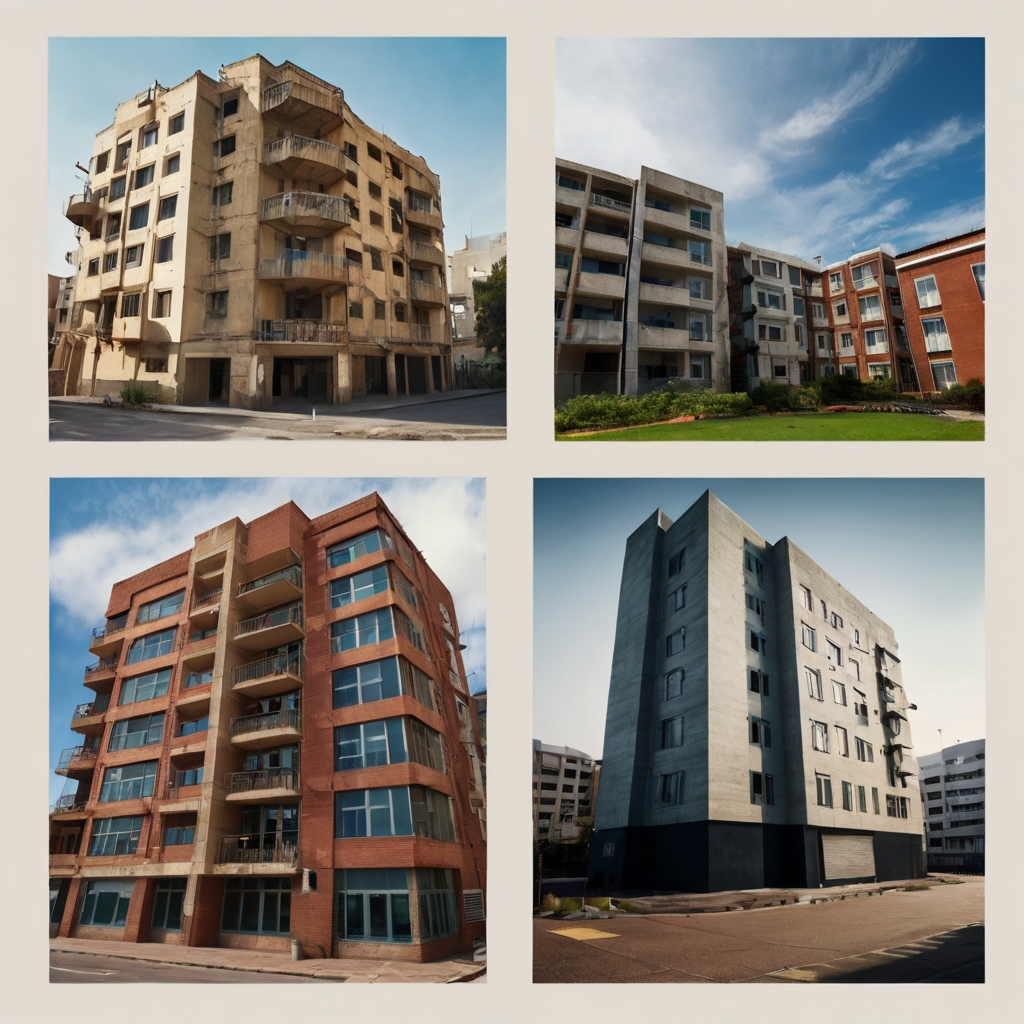Key Takeaways
- Minor and major home repairs can significantly impact both buyer interest and home value.
- Enhancing curb appeal and addressing structural issues are critical components of preparing a house for sale.
- Investing in energy efficiency and cosmetic upgrades can attract buyers and create advantageous selling conditions.
 Understanding the Importance of Pre-Sale Fixes
Understanding the Importance of Pre-Sale Fixes
Preparing to sell a home can be both thrilling and daunting. One key to a successful sale is making the right pre-sale fixes. Investing in your home not only boosts its market appeal but can also maximize its final selling price. For those looking to expedite the process, connecting with highly rated cash home buyers presents an alternative way to achieve a swift transaction. Whether you’re addressing worn-out interiors or repairing foundational issues, each fix plays a part in enhancing the home’s allure to potential buyers.
Research shows that homes receiving strategic repairs tend to sell faster and often at higher prices. Enhancing your home’s condition can transform a simple listing into a compelling offer. First impressions are lasting, and the presentation of your home can set the tone for buyer perception. Thus, understanding which pre-sale fixes carry the most weight is paramount to achieving a successful sale.
Identifying High-Impact Fixes
Distinguishing between high-impact and low-impact fixes can streamline your selling preparations. High-impact fixes might include updating outdated light fixtures, repainting walls in neutral colors, and replacing well-worn carpets with modern flooring. Such changes are visually appealing and facilitate a neutral, welcoming environment that allows potential buyers to envision themselves in the home. Even small updates, like new door handles or modern faucets, can leave a memorable impression.
According to real estate experts, spending time and money on the right fixes can yield up to a 20% increase in your home’s value. At PropertyMax, we understand that it’s these seemingly simple upgrades that often make all the difference when potential buyers compare multiple homes on their quest for the perfect purchase.
Enhancing Curb Appeal
A well-kept exterior can be as influential as the home’s interior. Curb appeal effectively creates an inviting atmosphere and encourages buyers to give your home a closer look. Simple tasks like keeping the lawn manicured, planting seasonal flowers, and painting the front door can dramatically uplift the property’s exterior appeal.
Consider power washing the driveway, walkways, and even the home’s siding to remove grime and brighten up the overall appearance. Adding charming outdoor lighting or a few pieces of tasteful lawn furniture can also give it a finished look. Remember, curb appeal is your home’s first opportunity to impress.
Addressing Structural Issues
Structural imperfections in a house can deter buyers. Issues such as a compromised roof, outdated electrical wiring, or plumbing leaks must be rectified. These improvements are not just about aesthetics—they are crucial to maintaining the safety and integrity of the property.
Enlisting professionals to conduct comprehensive inspections can help identify and remedy these issues. This proactive approach ensures that they don’t become stumbling blocks during final negotiations. Buyers may balk if they face unexpected expenses post-purchase; addressing these aspects in advance can appease them and smooth the path to closing.
Kitchens and Bathrooms Matter
In many homes, the kitchen and bathrooms are where upgrades can deliver the most significant return. According to real estate statistics, revamping kitchens and bathrooms not only boosts market value but significantly enhances buyer interest. Upgrades might include replacing old countertops with granite or quartz, modernizing cabinetry, and updating appliances to stainless steel.
For bathrooms, consider swapping out older vanities for more contemporary styles, installing new flooring, or re-tiling showers. Updated fixtures and clean lines cater to modern tastes, providing the final piece in the home’s polished, move-in-ready look.
Energy Efficiency Improvements
Today’s buyers often focus on a home’s energy efficiency, and rightly so—it’s a feature that can result in long-term financial savings and environmental benefits. Energy updates such as energy-efficient windows or modern HVAC systems are beneficial. Replacing or upgrading insulation can significantly enhance a home’s energy credentials.
For the environmentally conscious, these updates are appealing because they imply lower utility costs and a reduced carbon footprint. Striking the balance between aesthetics and sustainability can make your home instantly more attractive to prospective buyers.
The Role of Home Inspections
Preemptive home inspections let you identify potential setbacks. Recognizing a home’s strengths and weaknesses upfront offers an opportunity to address them before listing. This transparency builds trust with potential buyers, assuring them of the home’s condition and lessening the risk of unexpected issues during their inspections.
Conducting an inspection shows responsibility and foresight, garnering confidence from buyers who prefer clarity over uncertainty. It can also expedite the closing process, ensuring that each party enters negotiations on an informed footing.
Budgeting for Fixes Wisely
Financial constraints can complicate decisions about home fixes. Prioritizing repairs that promise substantial returns on investment is crucial. Consulting with a real estate professional can provide insights into market trends and buyer preferences, helping you channel resources effectively.
By making informed decisions, sellers can focus on high-impact renovations that maximize returns instead of overextending on lesser-impact areas. This strategic approach ensures that every dollar spent contributes effectively to pushing the property toward a successful sale.
